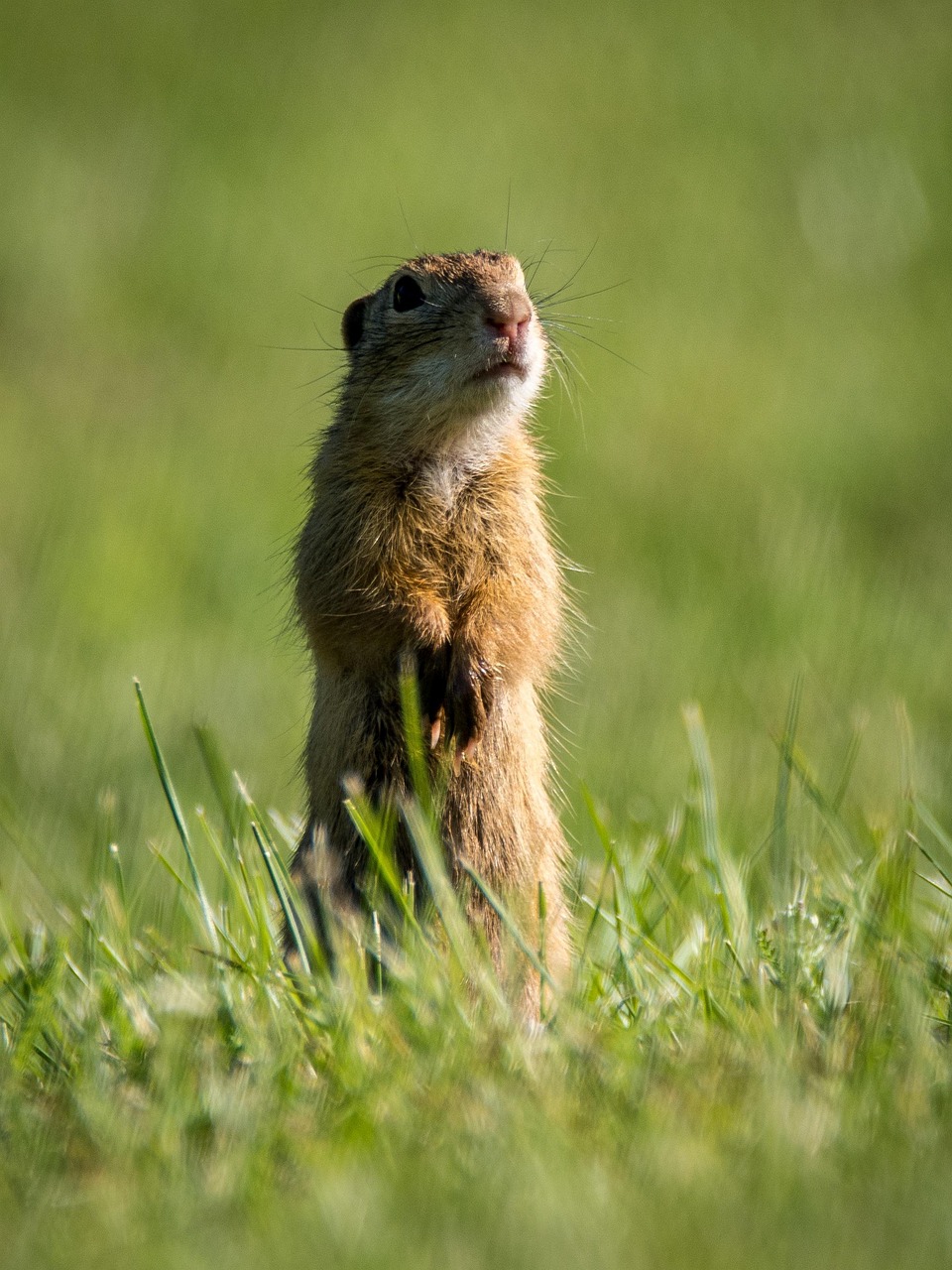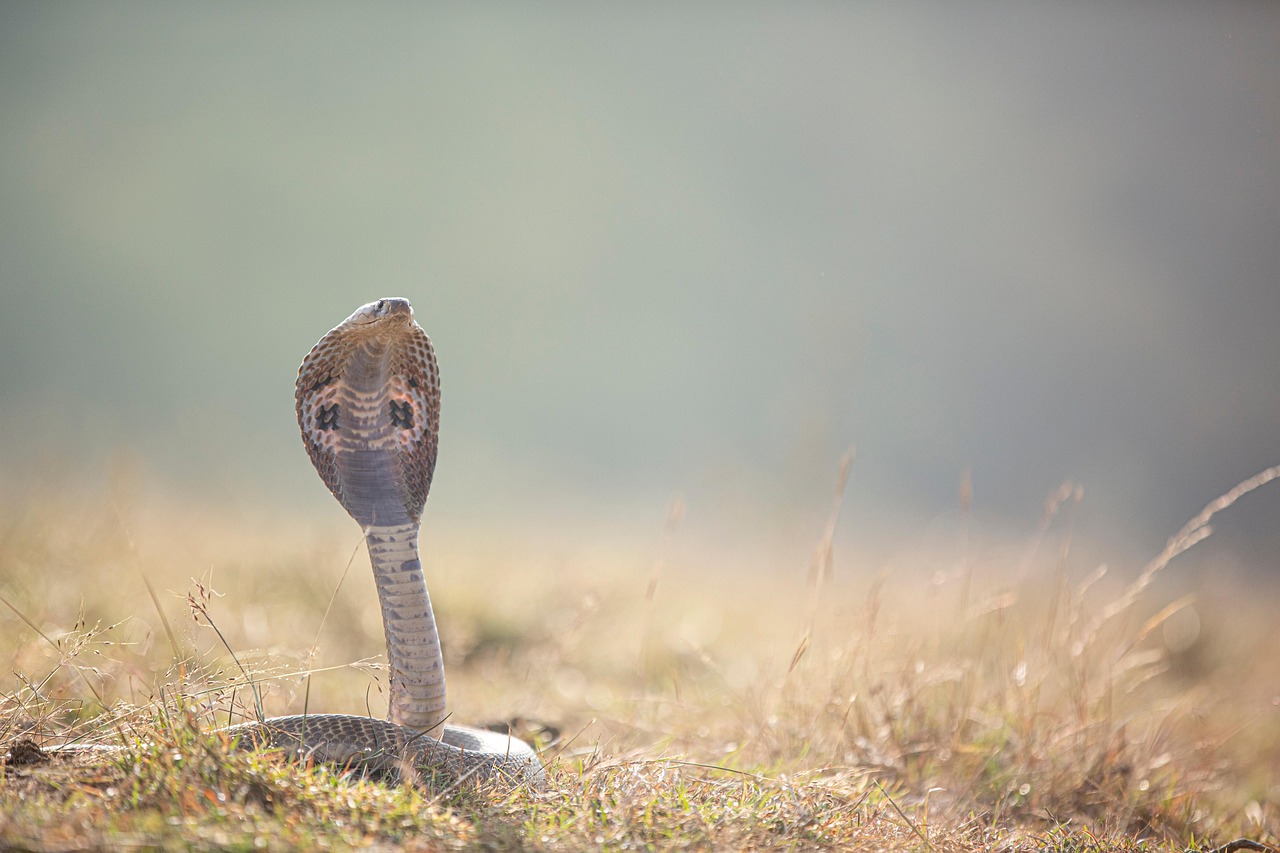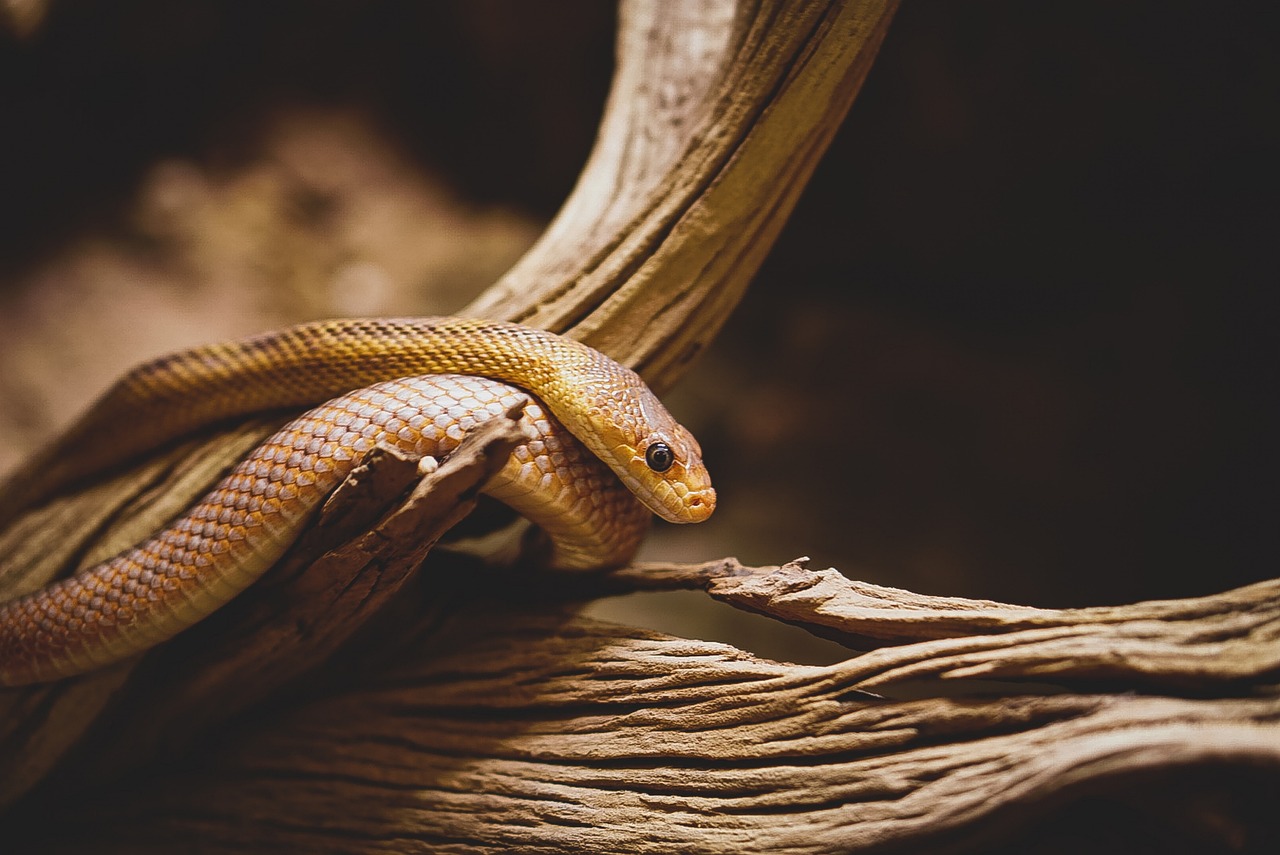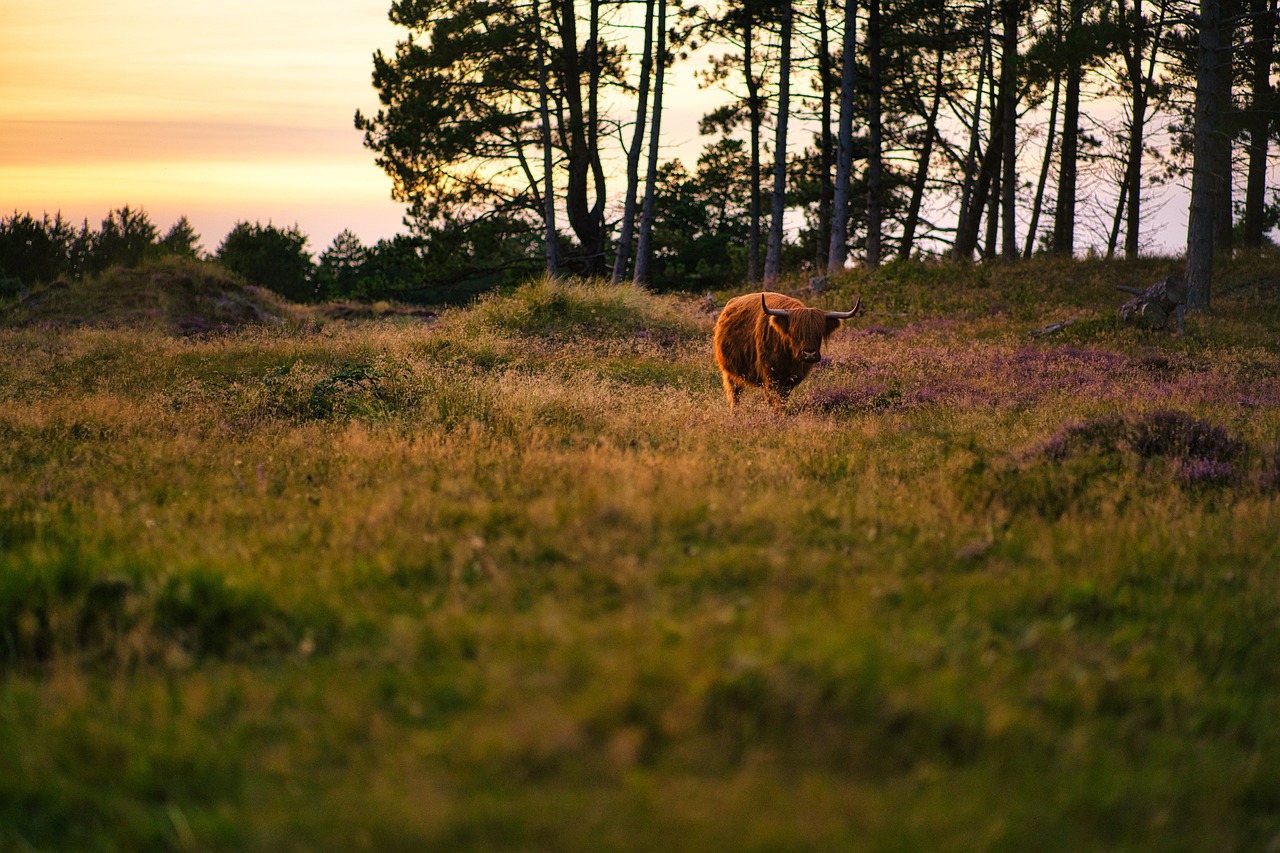The Bull Snake and Gopher Snake are often confused due to their similar appearance. However, they can be distinguished by key characteristics such as coloration, size, and head shape. Bull Snakes tend to have a more robust build and unique patterns, while Gopher Snakes are generally slimmer with different markings.
Understanding the Bull Snake and Gopher Snake

Both the Bull Snake and Gopher Snake belong to the Colubridae family. They are non-venomous and primarily found in North America. These snakes play essential roles in their ecosystems by controlling rodent populations. Despite their similarities, they exhibit distinct traits that make identification possible.
The Bull Snake (Pituophis catenifer sayi) is a subspecies of the Gopher Snake, which adds to the confusion when trying to identify them. Both species thrive in various habitats, including grasslands, deserts, and forests. They are often mistaken for one another due to their similar coloration and patterns.
While they share some characteristics, several features can help differentiate them. Observing their behavior, habitat preferences, and physical traits can provide valuable clues for identification.
Physical Characteristics
Physical traits are often the most noticeable differences between Bull Snakes and Gopher Snakes. Here are some key features to look for:
- Size: Bull Snakes can grow larger than Gopher Snakes, averaging about 4 to 6 feet long. Gopher Snakes typically range from 3 to 5 feet.
- Coloration: Bull Snakes usually have a light yellow or cream background with dark brown or black blotches. Gopher Snakes display a more varied pattern that may include spots or stripes.
- Head Shape: Bull Snakes have a broader and more triangular head compared to the more slender head of Gopher Snakes.
Behavioral Traits
The behavior of these snakes can also aid in identification. Bull Snakes are known for their defensive nature. When threatened, they may hiss loudly and mimic a rattlesnake by shaking their tails in dry leaves. Gopher Snakes, on the other hand, tend to be less aggressive and may choose to retreat rather than confront potential threats.
Both species are diurnal, meaning they are active during the day. They are also excellent climbers and can often be seen basking in the sun on rocks or tree branches. Understanding their behavior can help when observing them in the wild.
Habitat Preferences
Habitat is crucial for identifying these snakes. Bull Snakes prefer open areas such as grasslands or agricultural fields, where they can easily hunt for rodents. Gopher Snakes, meanwhile, are often found in a broader range of environments, including forests, scrublands, and rocky hillsides.
| Characteristic | Bull Snake | Gopher Snake |
|---|---|---|
| Size | 4 to 6 feet | 3 to 5 feet |
| Coloration | Light yellow or cream with dark blotches | Varied patterns with spots or stripes |
| Head Shape | Broader and triangular | Slender head |
Recognizing these differences can enhance your understanding of these fascinating snakes. By paying attention to their physical characteristics and habits, you can become more adept at telling them apart in the wild.
Habitat and Distribution
Understanding where Bull Snakes and Gopher Snakes live is crucial for proper identification. Their habitats play a significant role in their behavior, feeding, and interactions with the environment. Both species have adapted to thrive in various ecosystems, but their preferences can differ markedly.
Bull Snake Habitat
Bull Snakes are commonly found across the central United States, from the Great Plains to parts of the Midwest. They prefer open areas where they can easily hunt for prey. Typical habitats include:
- Grasslands: These areas provide ample opportunity for hunting small mammals.
- Fields: Agricultural fields are ideal hunting grounds, as they attract rodents.
- Sandy Dunes: They can also be found in sandy environments where they can burrow.
These snakes often seek refuge in burrows or under rocks to escape extreme temperatures. Bull Snakes are excellent climbers, so they may also be spotted in trees or shrubs, especially when searching for prey or basking in the sun.
Gopher Snake Habitat
Gopher Snakes have a broader distribution, found throughout North America, including parts of Canada and Mexico. They exhibit a wider range of habitat preferences, which include:
- Deserts: In arid regions, Gopher Snakes can be found in sandy or rocky environments.
- Woodlands: They often inhabit forested areas, especially near clearings.
- Scrublands: These areas provide plenty of cover and hunting opportunities.
Gopher Snakes are adaptable and can thrive in suburban areas as well, often seen in gardens or parks. Their ability to occupy various habitats allows them to exploit different food sources effectively.
Diet and Feeding Behavior
The diets of Bull Snakes and Gopher Snakes consist primarily of small mammals, birds, and sometimes reptiles. However, their feeding strategies can differ based on their habitat and availability of prey.
Bull Snake Diet
Bull Snakes are opportunistic feeders. Their diet mainly includes:
- Rodents: Mice and rats are among their preferred prey.
- Birds: They may also hunt birds and bird eggs when available.
- Reptiles: Occasionally, they will consume smaller snakes or lizards.
Their hunting technique involves ambushing or actively searching for prey. Bull Snakes use their strength to constrict their catch before swallowing it whole.
Gopher Snake Diet
Gopher Snakes have a similar diet but may incorporate a wider variety of food sources. Their meals typically consist of:
- Small Mammals: Like Bull Snakes, they primarily eat rodents.
- Birds and Eggs: They are known to raid nests to find eggs.
- Lizards: As skilled hunters, Gopher Snakes also eat smaller lizards.
Their feeding behavior includes a mix of stalking and ambushing. Gopher Snakes are also known to exhibit a unique behavior where they will shake their tails in dry grass when threatened, mimicking rattlesnakes to deter predators.
Reproduction and Lifespan

The reproductive habits of Bull Snakes and Gopher Snakes are similar but have distinct differences that can aid in their identification.
Bull Snake Reproduction
Bull Snakes typically breed in the spring after emerging from hibernation. Female Bull Snakes lay clutches of 6 to 24 eggs in sandy or loose soil. The eggs incubate for about two months before hatching. Young Bull Snakes are independent from birth and begin hunting soon after emerging.
Gopher Snake Reproduction
Gopher Snakes have a similar reproductive cycle. They also breed in spring and lay eggs, usually between 5 to 15 at a time. The incubation period is similar to that of Bull Snakes. Young Gopher Snakes are born fully formed and capable of fending for themselves right away.
The lifespan of both species can vary based on environmental factors and predation but generally ranges from 10 to 15 years in the wild. In captivity, with proper care, they can live longer, often exceeding 20 years.
Common Myths and Misconceptions

Despite being fascinating creatures, Bull Snakes and Gopher Snakes are often surrounded by myths and misconceptions. Understanding these can help in better appreciating their roles in the ecosystem and promote conservation efforts.
Myth 1: Bull Snakes are Venomous
One of the most common myths is that Bull Snakes are venomous. In reality, both Bull Snakes and Gopher Snakes are non-venomous. They are harmless to humans and primarily rely on their strength and constriction methods to subdue prey. The confusion often arises due to their similar appearance to rattlesnakes, especially when they mimic their defensive behaviors.
Myth 2: Gopher Snakes are Aggressive
Another misconception is that Gopher Snakes are aggressive. While they can display defensive behavior, such as hissing or striking, they are generally shy and prefer to escape threats rather than confront them. Most encounters with humans do not result in aggression, as both species would rather avoid conflict.
Myth 3: They are the Same Species
Many people believe that Bull Snakes and Gopher Snakes are the same species due to their similarities. While they share a close relationship, with Bull Snakes being a subspecies of Gopher Snakes, there are distinct differences in their physical characteristics, habitats, and behaviors.
Conservation Status
Both Bull Snakes and Gopher Snakes are currently classified as species of “Least Concern” by the International Union for Conservation of Nature (IUCN). However, various factors can influence their populations and habitats.
Threats to Their Survival
Despite their stable status, these snakes face several threats that can impact their populations:
- Habitat Loss: Urban development, agriculture, and deforestation can lead to the destruction of their natural habitats.
- Road Mortality: Many snakes fall victim to vehicles, especially in areas with heavy traffic.
- Pesticides: The use of pesticides can reduce rodent populations, which impacts their food source.
Conservation Efforts
Conservation efforts aim to protect these snake species and their habitats. Some initiatives include:
- Habitat Restoration: Programs that focus on restoring natural habitats can help maintain healthy ecosystems for Bull and Gopher Snakes.
- Public Education: Raising awareness about the benefits of these snakes in controlling rodent populations can foster coexistence.
- Research: Ongoing studies help track population trends and identify critical habitats that need protection.
Observing Bull and Gopher Snakes in the Wild

If you are interested in observing Bull Snakes or Gopher Snakes in their natural habitats, there are several tips to enhance your experience while ensuring safety for both you and the snakes.
Best Times to Observe
The best times to observe these snakes are during their active months in spring and early summer. Early morning or late afternoon is ideal, as snakes tend to bask in the sun during these times. Additionally, they are more visible when temperatures are moderate.
Where to Look
When searching for these snakes, consider visiting locations where they are known to inhabit:
- Open Grasslands: Look for them basking or hunting in open spaces.
- Sandy Areas: Bull Snakes often choose sandy terrains for nesting.
- Near Water Sources: Gopher Snakes may be found near streams or ponds.
Important Safety Tips
If you encounter a Bull Snake or Gopher Snake, it is essential to remember a few safety tips:
- Keep Your Distance: Observe from a safe distance to avoid startling the snake.
- Avoid Handling: Do not attempt to pick up or handle wild snakes; this can cause stress to them and increase the risk of bites.
- Respect Their Space: If a snake feels threatened, it may exhibit defensive behaviors. Allow it to retreat instead of forcing it away.
By following these tips, you can enjoy the beauty of Bull and Gopher Snakes while ensuring their safety and well-being in the wild.
Threats and Conservation Measures
As we explore the lives of Bull Snakes and Gopher Snakes, it is crucial to recognize the threats they face in their natural habitats. Both species contribute significantly to their ecosystems, but human activities have increasingly jeopardized their survival.
Human Impact on Snake Populations
Various human-induced factors can affect the populations of Bull and Gopher Snakes:
- Urbanization: As cities expand, natural habitats are destroyed, leading to a decline in snake populations. Fragmentation of habitats can isolate populations and hinder their ability to reproduce.
- Agricultural Practices: The use of pesticides and herbicides in farming can reduce the availability of prey and directly harm snake populations.
- Climate Change: Changing weather patterns can alter habitats, affecting food availability and breeding seasons for both species.
Conservation Strategies
To combat these threats, several conservation strategies have been implemented:
- Protected Areas: Establishing wildlife reserves and protected areas helps maintain natural habitats for Bull and Gopher Snakes.
- Community Education: Educating local communities about the ecological importance of these snakes fosters a sense of stewardship and encourages coexistence.
- Research and Monitoring: Ongoing research helps track population dynamics and understand the impacts of environmental changes on these species.
It is essential for conservation efforts to focus not only on the snakes themselves but also on preserving their habitats and the ecosystems in which they live.
Final Thoughts
The Bull Snake and Gopher Snake are remarkable creatures that contribute to the balance of their ecosystems. Understanding their differences, behaviors, and ecological roles enhances our appreciation for these fascinating reptiles. From their physical characteristics to their habitats, each aspect plays a pivotal role in their identification and conservation.
By recognizing the challenges these snakes face, we can take steps to promote their protection. Awareness and education are vital in fostering a positive relationship between humans and wildlife. We can encourage conservation efforts by sharing knowledge about Bull and Gopher Snakes, thus helping ensure their survival for future generations.
As you venture into their habitats, remember to respect their space and appreciate their role in nature. The more we learn about these snakes, the better equipped we become to protect them and the environments they inhabit. By working together, we can help maintain the delicate balance of our ecosystems while allowing these beautiful snakes to thrive.
